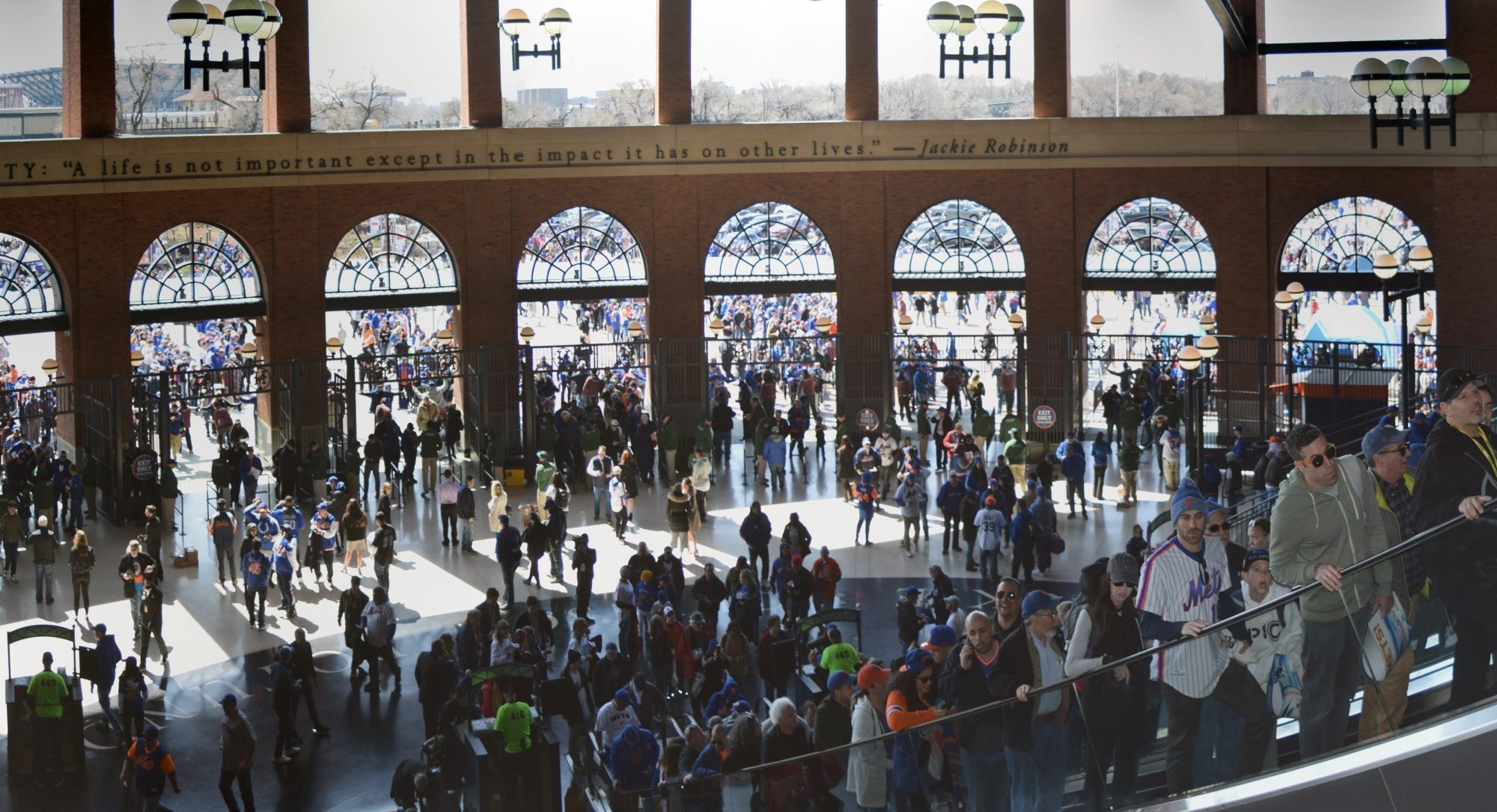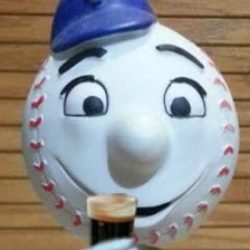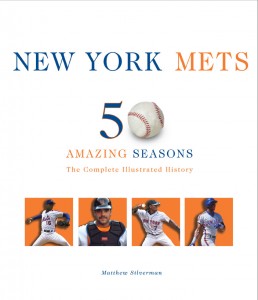Book Review: Working at the Ballpark by Tom Jones
Skyhorse Publishing
This book is basically a collection of different stories from different people working around baseball, from players and front office guys, to ushers and street vendors. I thought this book would have a few interesting tidbits surrounded by a bunch of boring stories, but I was surprised at the information contained in those stories, and how few of them were actually boring. The book is written in a style where if one guy’s story is boring the life out of you, you can just skip it and read someone else’s.
Of the on the field guys the one whose comments were most interesting was Leo Mazzone. He talked a lot about pitch counts and arm strength, and a lot of it was very thought-provoking. When he was the pitching coach in Atlanta before they started putting the pitch count on the board, he says he used to cheat and not count pitches for Glavine, Maddux and Smoltz. According to him, pitch counts are just a way of talking the pitcher into being tired. He also talks a little about Little League and how having pitch counts actually prevents kids from learning how to pitch properly. It was very insightful and really makes the Orioles look even worse for firing him.
One of the other interesting stories was trainer Todd Hutcheson with the San Diego Padres. The amount of training and work they do on players, particularly pitchers, every day is mind boggling. After reading it I felt like if a pitcher didn’t have these guys, their arms would fall off by June. I know it’s not true, but they’ve got everything down to a science. He goes into details about the work they do on Trevor Hoffman everyday, about some of the rehab work they do on pitchers, and about all the different types of treatments they do from joint mobes and vibration therapy to ultrasound stimulations.
The book encompasses so many different intricate parts of baseball, and it’s surprisingly enlightening.
Luke Yoder, who is the director of landscape and field maintenance for the Padres talks about the dangers of covering the field with the tarp. Maybe just because I never thought about it, but I had no idea that it weights 2300 pounds. Yoder says that if you get a good gust of wind and some of the guys let go, it’s possible for the people that were still holding on to be whipped 10 feet up in the air.
Jim Trdinich, the director of media relations for the Pirates, discusses many of the uneasy relationships between the media and the team. He talks about allowing the manager to vent and scream at him after a tough loss to let him to cool before allowing the media in to ask their questions.
Kurt Schloss, the director of Merchandising for the Cleveland Indians, talks about products that were busts, and how they come up with some of their ideas. He mentions how he finds out with the other fans, and how much it sucks for merchandise sales, when a player has been traded. Which is a very good point; I’ve noticed the Bryant Park Mets clubhouse shop still had about a dozen Kazuo Matsui shirts.
Steve Liddle, the bench coach for the Minnesota Twins, talks about signs and using the information from the advance scout to help figure out where to play hitters, and when is a good time to steal a base or hit and run. He talks about trying to steal signs during the game, and about all the signs that get passed around that most people never even see.
Bob Watson tells a story about the only time he was thrown out of a game.
“You called that a strike?”
The umpire says, “Yes, the ball was on the corner.”
Watson says, “On the corner of Fifth and Main. If you call that a strike, you need these.” and handed the umpire his glasses.
The book is riddled with these interesting tidbits, whether they come from a scoreboard operator, an usher, a guy who designs ballparks or the the mascot. There are thousands of people working behind the scenes around baseball who aren’t as noticed as the players, but they all contribute to bringing us this great game. This book does an excellent job of bringing us their stories, and helping us understand the complex nature of a ballgame.



